The difference between chronological, functional, and combination resume formats
When it comes to creating a winning resume, there are three main types of formats to choose from: chronological, functional, and combination. Each format has its own unique advantages and disadvantages, and the best choice for you depends on your specific work experience, skills, and career goals.
Let's take a closer look at each of these formats and what makes them unique.
Chronological Resume Format:
The chronological resume format is the most traditional and commonly used format. As the name suggests, this type of resume lists your work experience in reverse chronological order, starting with your most recent position and working backwards. This format is ideal for job seekers with a consistent and relevant work history, with no significant gaps or career changes.
One of the primary advantages of the chronological resume format is that it highlights your career progression and achievements over time. Potential employers can quickly see how you've grown and developed in your field, which can make you a more attractive candidate for the job.
However, one potential disadvantage of the chronological resume format is that it may not be the best choice if you're just starting out in your career, or if you have significant gaps in your employment history. In these cases, a different format may be a better choice.
Functional Resume Format:
The functional resume format focuses more on your skills and abilities, rather than your work history. With this format, you'll showcase your qualifications and expertise, and provide examples of how you've used them successfully in different situations. This type of resume is a good choice if you have gaps in your employment history, changed careers, or have a diverse work history.
One of the advantages of the functional resume format is that it highlights your potential as an employee, rather than just your specific job titles and responsibilities. This can make you a more attractive candidate for the job, especially if you're looking to make a career change or pivot to a new field.
However, one potential disadvantage of the functional resume format is that it may not provide potential employers with a clear picture of your career progression and achievements over time. It's important to balance highlighting your skills and abilities with providing context for how you've used them in your past roles.
Combination Resume Format:
As the name suggests, the combination resume format combines elements of both chronological and functional resumes. This type of resume usually starts with a summary of your skills and qualifications, followed by a section that lists your work history in reverse chronological order. This format is a good choice if you have a strong and varied skill set and want to emphasize both your abilities and achievements. It allows you to showcase your skills and experience in a way that's relevant to the job you're applying for.
One of the advantages of the combination resume format is that it provides potential employers with a comprehensive overview of your skills and experience, while also highlighting your career progression and achievements over time. This can make you a more well-rounded and attractive candidate for the job.
However, one potential disadvantage of the combination resume format is that it can be more difficult to create than other formats, as you need to balance highlighting your skills and abilities with providing context for your work history.
In conclusion, selecting the right resume format is an important step in creating a winning resume. By understanding the advantages and disadvantages of each format and considering your specific work experience, skills, and career goals, you can create a resume that highlights your strengths and makes you stand out from the crowd.
Also if you are looking for resume writing or interview preparation services, you can write to us at info@truecv.com or call 9711200318 | 7701990512








